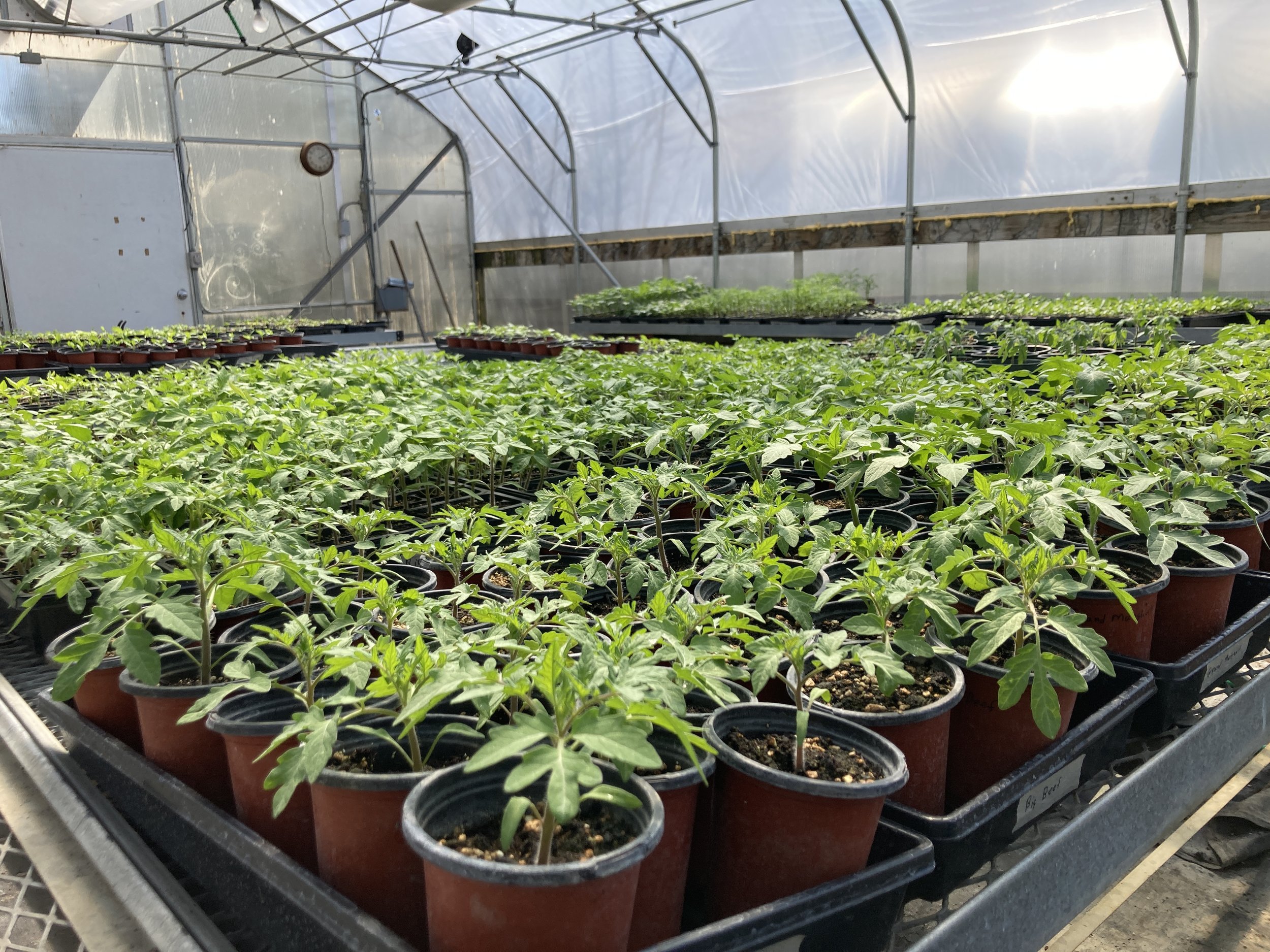Spring Rituals
Published in Spinsheet - April 2018
I’m always surprised how habitual and grounded to the earth humanity is as a whole. In a short consulting meeting this week with clients wishing to redo the exterior spaces of their home, a brief contest between the husband and wife sparked up when he noted - he required a vegetable garden. A doctor, having limited time or need for such a thing and she, also a doctor, was trying her best to be rational. However, the power of, “there is just something special about a garden that we must have every year”, caused her collapse.
We are generally a grounded people, baked into the fabric of our soil, our vistas. Each spring seems to solidify that to its deepest. We come out of a long frozen winter with an intrinsic need for renewal, celebrating it with organized zest. My family this year, because of travel demands, missed our sock burning at the spring equinox. Forlorn discussions went on that day bemoaning the absence, knowing that having such a ritual later in the week just wouldn’t be the same. Like having green beer two days after St. Patrick’s. I also have a tendency to perk up at the first sound of spring peepers in a lowland or shady wood. With the first chirp of the spring my knee jerk is to call an old buddy who also shares my joy for the sound, as if we are hounds hearing the gun at the start of a race. I heard them last night for the first time; I’m off to chase spring.
We have Easter, Mother’s day. We bid the winter ‘frost bites’ farewell and begin the ever-laborious task of unpacking the winterized boats. Cutting plastic, hoping for no mice or winter damage, and taking in the ‘bottom’ for the first time in months. The time changes and we sit at home on rainy spring evenings making lists and scouring the websites for the perfect new addition to our marine arsenal. We make sailing schedules, hunt for races and block out cruising weekends. It’s very exciting.
Many of us, like my fair doctor, do the same for the terra firma that traces our homes. As soon as the first daffodil squeezes it green head up through the mulch we begin our list of ideas. Like the doctor we are busy folk, bottoms to sand and lines to pull, but many somehow don’t let that be an excuse. After all, the connection to the soil is as healing and grounding as the connection to water. It’s deep within us and calls us back to work with it, to play with it, shape it and harvest the labor through all our senses. Ecstatic, spring is here, equally wishing she will last forever we ponder how lists will all get done.
Here are a few pointers to help make your yard list more natural.
Lawns
If you didn’t fertilize in the fall, do it sooner than later.
Most hardware stores carry organic fertilizer. But, if you’re trying to help the environment, a focus on how much (not over fertilizing) is more useful than even organics. None at all is even better! Natural ways below can help.
Heavy clay soil or compacted soil? You may want to consider aeration. If you de-thatch you are basically aerating at the same time.
Patchy lawn under or close to trees? Consider having the trees thinned and pruned for better sun exposure and airflow.
Mow you lawn high!
Work to grow a healthy lawn and it will naturally compete out weeds (weeds are an abstract state of mind anyway, live with them).
Give your lawn a good cleaning up from twigs, leaves etc.
Planting beds
Start with a really good clean up and blowing of debris.
Prune out any winter ‘die back’ from your plants.
Opt for a thin layer of compost each spring over fertilizing chemically.
Get a fresh layer (2-4”) of mulch down early. Double shredded hardwood is your best option for most settings.
Don’t prune your early blooming shrubs (azalea, rhododendron etc.). They set bud over summer and you will be pruning off the flowers for the season. Wait until they are just finished blooming in May or June for a pruning.
Edging your beds both helps things look sharp and separates weeds or aggressive grass from beds.
Add a plant / more plants = less mulch and weeding.



